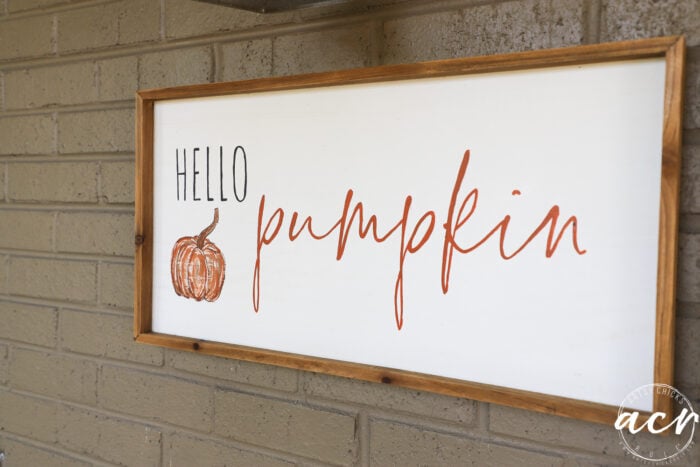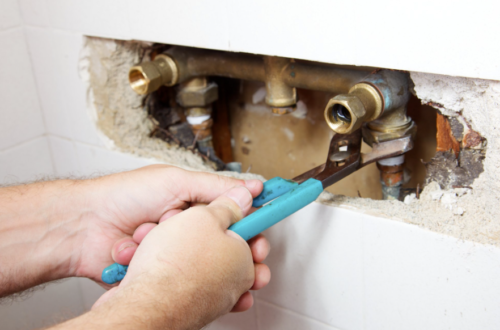Windows let in light, protect your home against the elements, and improve your home’s curb appeal. Choosing the window materials is important when installing new or replacement windows.
Various materials are used to construct window frames, and they differ in aspects, including cost, energy efficiency, style, and durability. Below is a simple guide to choosing the best window materials for your home.
Types of Window Materials
Today’s primary materials include aluminum, vinyl, wood, composite, and fiberglass. Aluminum is strong and durable, offering a long service life. It’s highly resistant to environmental elements, aging, and rot and requires little maintenance. Aluminum windows are ideal if your home has a modern and sleek design.
However, the initial cost is higher than other solutions, such as vinyl and fiberglass. Aluminum could be more energy efficient. Vinyl is incredibly popular with homeowners today. Its main benefit is cost, being the most affordable material.
Vinyl is also a great insulator, which helps improve your window’s thermal efficiency. Lastly, the material is highly versatile and suitable for different window designs and styles. The main disadvantage of vinyl is that it’s not as strong or durable as aluminum, fiberglass, and composite.
Wood windows have been the go-to solution for many decades. It’s a strong material and the most aesthetically pleasing choice. Many homeowners value the classic look and texture of wood. Wood is also a good insulator.
The primary drawback of wood is that it’s the most expensive material. It costs slightly more than aluminum. The window frame will also require proper maintenance to stay in good condition. Depending on where you live, wood is also prone to weathering, rot, and pests. You may need to replace your windows sooner compared to other materials.
Composite is a manufactured material that typically constitutes wood, aluminum, or vinyl mix. It’s designed to mimic the look of wood while having the beneficial properties of other materials. The composite boasts wood’s traditional look and insulation properties but offers aluminum or vinyl’s durability and weather resistance. However, composite windows can be expensive, costing as much as wood.
Fiberglass is less commonly used but has gained traction in recent years. This material is extremely durable and low maintenance. It can resist weather elements, rot, and heat. Fiberglass offers variety in terms of styles and design and is an energy-efficient material.
The main downsides of fiberglass are aesthetics and cost. Unless painted, fiberglass windows can have a dull appearance. This material also costs more than vinyl, offering a similar look.
All in all, there’s no definitive right or wrong choice regarding window materials. Factors including a budget, your area’s climate, preferences, and insulation needs should influence your decision.
Contact Us
Regardless, hiring a reputable contractor to source and install your new or replacement windows is important. Midwest Roofing, Siding & Windows is the leading provider of best-in-class window installations and replacements in the Twin Cities area and beyond. Contact us today and have our experienced team manage your next home improvement project, or learn more about our services.






